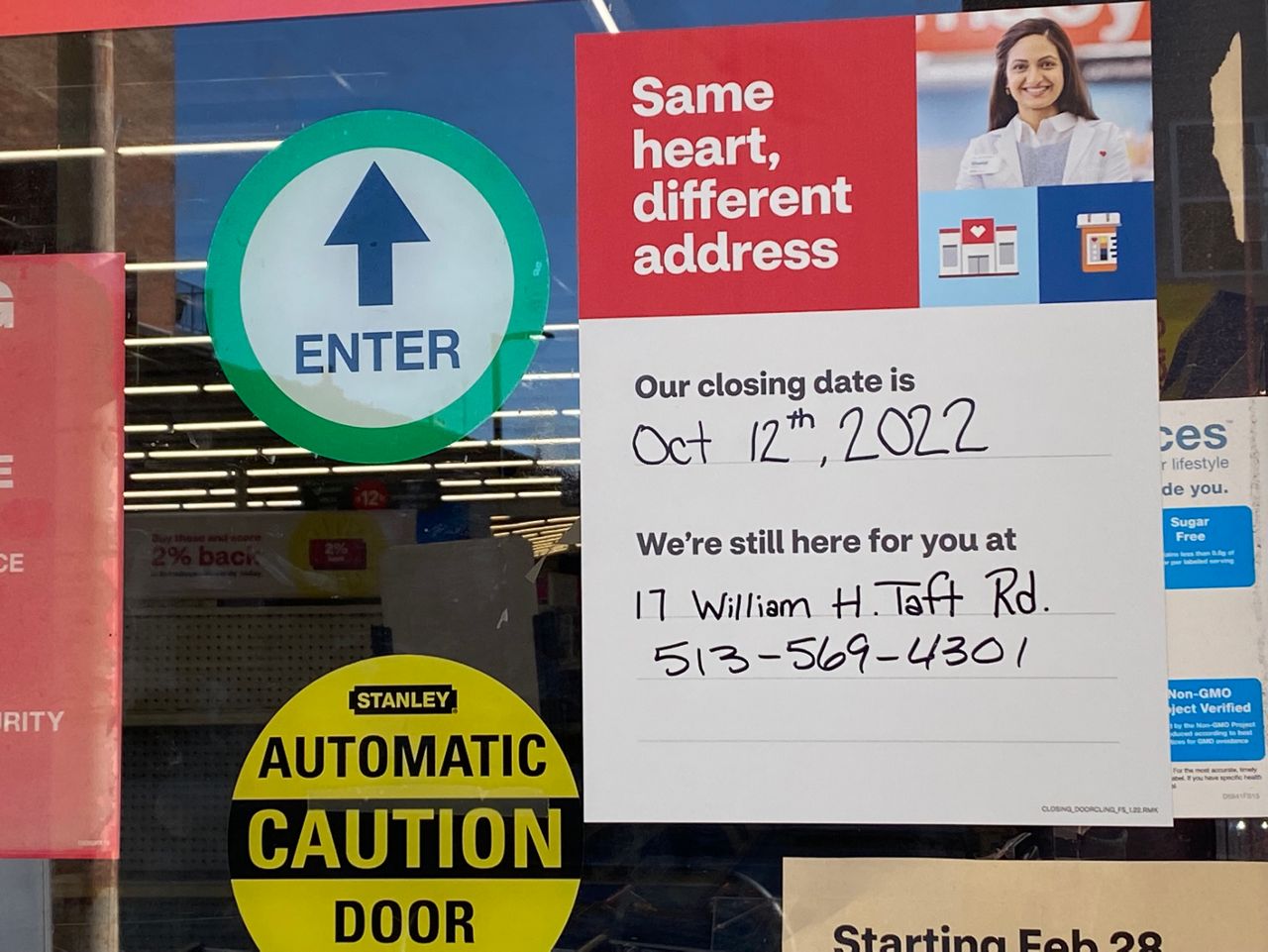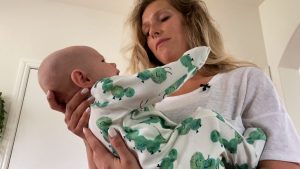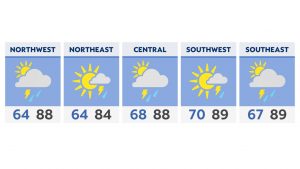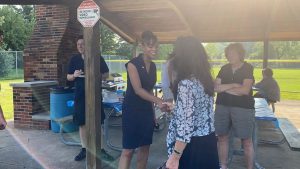OHIO CITY, Ohio — As the secretary for the Committee of 500 Years of Dignity and Resistance, Jessica Vallejo has promoted the dignity and respect of indigenous people.
Vallejo, who identified as Chicana and Navajo Yaqui, went through signs that the Native American community used to protest the Cleveland Guardians’ former team name.
“We’re collecting them and we’re going to put them away because we don’t need them anymore,” Vallejo explained.
Vallejo sorted through the signs at Station Hope. It’s a place in northeast Ohio that is considered important in Cleveland’s and the nation’s history.
“Station Hope, we know, was historically one of the last stops along the Underground Railroad,” Vallejo said.
The location is also a place that Vallejo said is important to the indigenous community.
“Some of our activism is tied to this location. Also, we have hosted national [American Indian Movement] leaders here. We have hosted organizational talks for Lake Erie Native American Council community events, and our Committee of 500 Years of Dignity and Resistance meetings are still located here on the site,” Vallejo said.
Driving toward the Cuyahoga River, a place that was important for trade, Vallejo called the indigenous community diverse, but admitted that urban relocation programs may have contributed to their erasure from modern society.
“They were sold the opportunity for upward mobility and for a better life for their families, for better education, for the opportunities to seek a different existence. What we did not know, at that time, was that was systematically removing us from our tribal identities as well,” Vallejo said.
As a way to reconnect with her roots, Vallejo opened a culturally competent wellness center, called Sacred Spaces 216. She hoped the rise of Indigenous Peoples’ Day brings understanding and interest in the group’s history.
“It is not a monolith,” Vallejo said. “I believe that understanding our history is part of understanding who indigenous people are now.”
Vallejo encouraged those to continue learning more about their Native American neighbors after the federal holiday finished.
“I believe that if you go into the woods, if you seek the land and you encounter that life, that the land has a memory and the people are still here,” Vallejo said.




